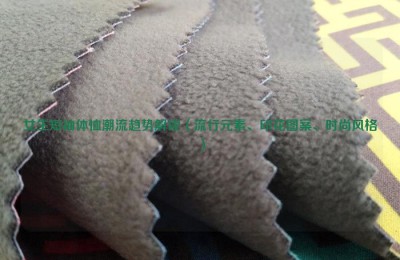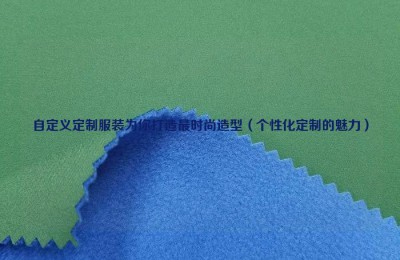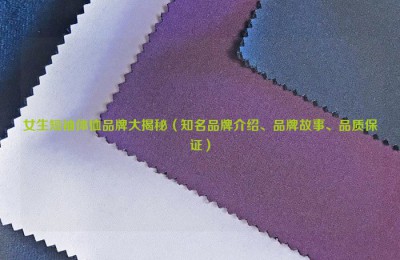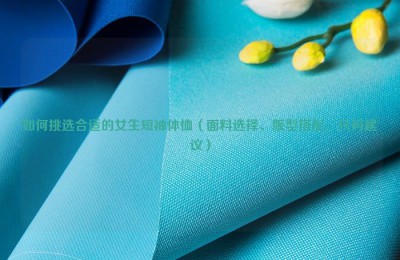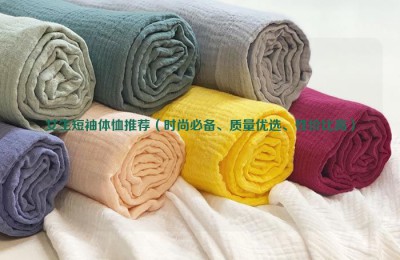Inject innovative design and modern aesthetics into the colorful and strong-style traditional Mongolian and Kazakh embroidery works, allowing the embroidery inheritors from Bozhou, Xinjiang to come from afar to create Han embroidery, Yangxin cloth stickers and other Hubei selected works. Bring home traditional intangible cultural heritage skills such as dyeing, weaving and embroidery.
From June 1st to June 6th, the Han Embroidery Inheritance Base of Wuhan Textile University welcomed several special students: Mongolian and Kazakh embroidery inheritors from Bortala Mongolian Autonomous Prefecture, Xinjiang, who came to Han to receive Training and learning from Hubei’s experience in the creative transformation and innovative development of intangible cultural heritage.
Putting traditional works in modern new clothes
On the afternoon of June 5, in the Han Embroidery inheritance base of Wuhan Textile University, four embroidery inheritors from Bozhou, Xinjiang were flying needles and threads on embroidery, practicing the Han embroidery techniques they had just learned in the past few days.
According to Zhu Xianglan, director of Bozhou Cultural Center, these four embroidery inheritors are all local embroiderers with high technical level, and they all serve as leaders in their respective embroidery teams.
In order to strengthen exchanges and cooperation with Hubei textile intangible cultural heritage projects, and at the same time comprehensively upgrade the Mongolian and Kazakh embroidery products they created, several embroiderers traveled thousands of miles through the Hubei Provincial Intangible Cultural Heritage Protection Center. Come to Wuhan Textile University to learn from the classics.
Wuyunjili Geli, who is extremely skilled, told Jimu News reporters that the embroidery works she created in the past all had a distinct Mongolian style, focusing on large, rich color blocks and following traditional creative concepts. But this time in participating in the training class, with the help of Ye Hongguang, a professor at Wuhan Textile University and executive director of the Han Embroidery Base, Wang Yan, a representative inheritor of Han Embroidery at the municipal level, and Zhou Hong, a representative inheritor of Yangxin Butie at the municipal level, she found In order to maintain a balance between national background and cross-border integration and innovation, the details of his embroidery works are more vivid and the style is younger.
Bixian Mahan, the inheritor of Kazakh embroidery, said regretfully that the training time was too short. She couldn’t wait to do it again to bring back the skills and thinking methods she learned to benefit all embroidery workers in Bozhou. mother. She also admitted that it is not difficult for senior embroiderers like them to learn the techniques of the Hubei Intangible Cultural Heritage Embroidery Project. What is difficult is to have the courage to open up their minds, broaden their horizons, achieve breakthroughs in creation, and bring forth the new.
The breakthrough mentioned by Bixian Mahan can be felt more intuitively through two sets of embroidery works.
The reporter saw these two sets of embroidery works on the workbench of the Han Embroidery Base. One group was a traditional work brought by four embroiderers from Bozhou, and the other group was “brainstormed” by teachers and students of Wuhan Textile University. “After that, mature derivative products were designed and launched, such as pillows, coasters, etc.
Judging from the final aesthetic effect, these improved products adopt the internationally popular Morandi color scheme, taking into account the traditional styles of Mongolia and Kazakhs and the techniques of Han embroidery and Yangxin cloth patching in details. The appearance is more in line with the aesthetics and taste of young people, and is also easier to be accepted by today’s market.
Intangible cultural heritage becomes fashionable, Hubei has experience
Professor Ye Hongguang said in an interview with a Jimu News reporter that Wuhan Textile University has very rich experience in the field of intangible cultural heritage product research and development, and he also knows the crux of the confusion faced by several Bozhou embroiderers.
“Their embroidery works have distinctive national and regional cultural characteristics, which are very impressive. The skills of several inheritors are also very good, but they lack market-oriented products. So the first thing in this training is to think about How to integrate their works with Jingchu embroidery culture, such as Han embroidery, Yangxin cloth stickers, etc.; at the same time, we must design and develop related products for them, giving them fashionable designs that are more suitable for this era.”
Ye Hongguang said that in recent years he has often held training courses like this to promote Hubei’s experience in intangible cultural heritage in the province and across the country. “Why is Hubei’s intangible cultural heritage doing so well? Because we are very good at product development. There are many universities in Hubei and rich resources in related disciplines, especially Wuhan Textile University, which has been doing research on textile intangible cultural heritage projects for a long time. For the survival of this project The current situation, what is needed for inheritance and development, and what project inheritors need are very thoroughly studied.”
On May 31, the Hubei Intangible Cultural Heritage Products Preferential Sales Season and the First Intangible Cultural Heritage Fashion Show were unveiled at the Wuhan International Convention and Exhibition Center. Several Bozhou embroidery inheritors also came to Han in advance to observe the show.
After watching the fashion show, everyone was shocked by the perfect combination of Jingchu intangible cultural heritage elements such as Han embroidery, Daye embroidery, Tangfang overlay embroidery, Zaoyang coarse cloth, Yangxin cloth patch, Huarong homespun cloth, Yingshan entangled flowers and other modern clothing , and even thought of asking Professor Ye Hongguang to add a fashion design class. Ye Hongguang said, “This is the first time they have seen a performance that combines intangible cultural heritage and modern aesthetics so well. They did not expect that intangible cultural heritage can be worn directly on the body and become part of exquisite clothing.”
According to Zhang Xiaohui, executive deputy director of the Hubei Provincial Intangible Cultural Heritage Protection Center and deputy director of the Hubei Provincial Group Art Museum, Xinjiang Bozhou is a counterpart region of Hubei Province, and the two places have long had folk cultural exchanges. Open training courses to help Bozhou stimulateThe innovative design of ethnic minority embroidery products by inheritors is an important part of Hubei Province’s cultural counterpart assistance to Xinjiang during the “14th Five-Year Plan”.
It is reported that due to the fruitful results of this training, at the invitation of Bozhou, the Hubei Provincial Intangible Cultural Heritage Protection Center will continue to serve as the “matchmaker” and entrust Professor Ye Hongguang and the artists of the Han Embroidery Inheritance Base to conduct interviews with Bozhou embroidery inheritors. Launch long-term training.
AAA composite fabric network ASE3RETRUY7I8OFG

